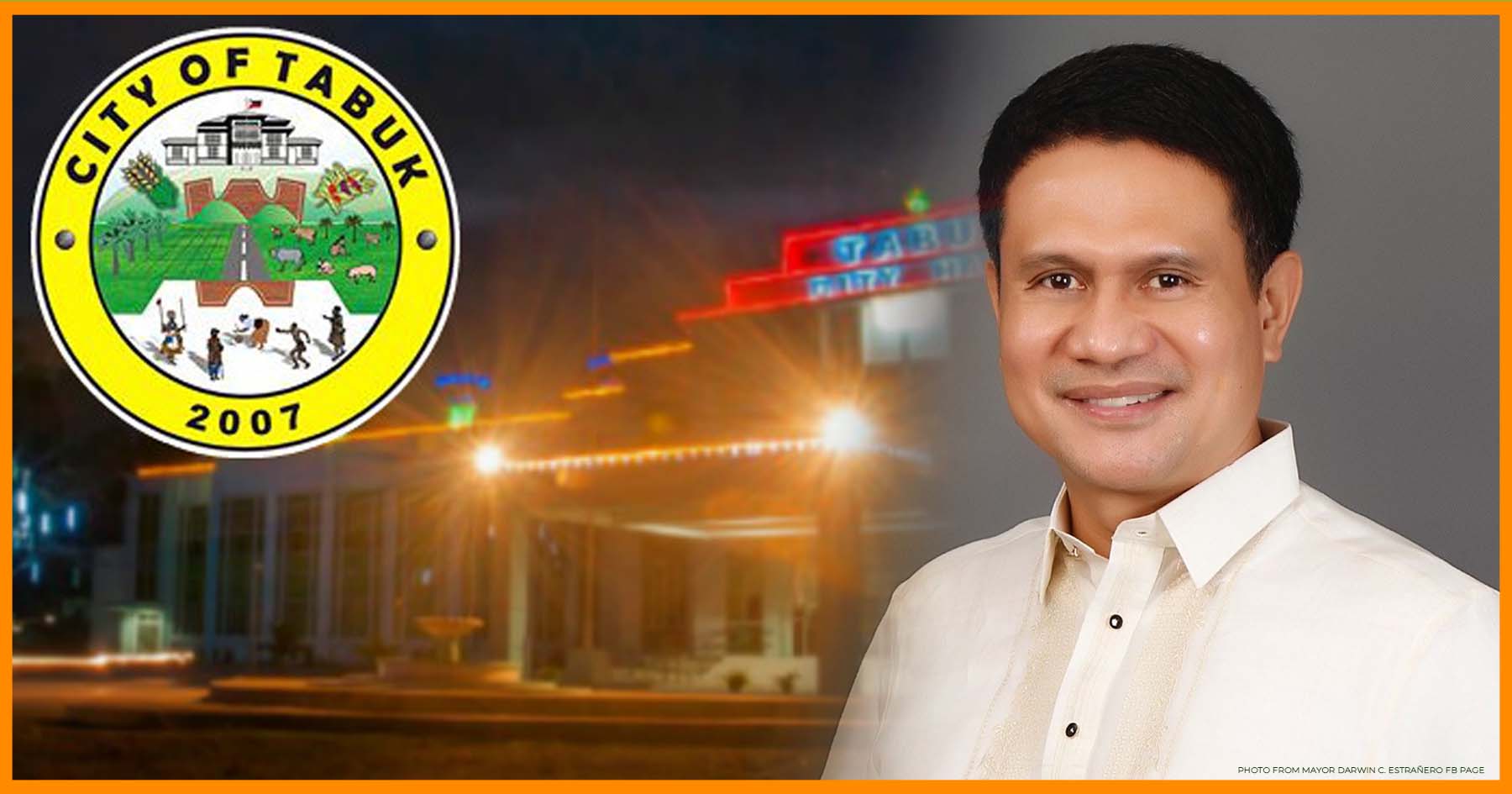Cordillerans are now slowly understanding the meaning of self-governance or regional autonomy. The Bangsamoro and the Cordillera are actually similarly situated because they were not actually conquered by our colonizers. Historical injustice, government neglect, prejudice and discrimination are common experiences peoples of these two geographic regions have experienced. Indigenous peoples in both regional share the same lifeways. While there are some differences in the way of life of the people and the practice of their culture, what is evident is that the said practices are indigenous in nature plus the fact that the same had been passed on from generation to generation. Another distinct commonality between the Cordillerans and the people of Mindanao is that the said regions were actually neglected by the national government in terms of development because leaders poured most of government resources in vote-rich communities to sustain their stay in power.
Crafters of the 1987 Constitution found a clear justification for government to infuse more development funds to the neglected regions of Mindanao and the Cordillera by allowing the grant of autonomous status. The Autonomous Region in Muslim Mindanao (ARMM) was achieved in 1989 while the elusive autonomous status for the Cordillera remains a goal after two failed attempts. Among the reasons for the two failed attempts, particularly the plebiscites conducted on January 30, 1990 and March 7, 1998, include the alleged insufficient information and education campaign, the watered down version of the laws that did not reflect the inputs from the Cordillerans during regionwide consultations, the lack of material time to campaign for autonomy because of the limited time, the refusal of the people to understand the real essence of autonomy and the misinformation being done by some interest groups to muddle the issue, among other reasons.
The planned shift to federal form of government by the president administration has its effects on the region’s renewed quest for autonomy because it will likely merge the small Cordillera with the giant regions of the Ilocos and Cagayan Valley. This could result to a worst case scenario wherein Cordillerans will be again deprived of their chances to be represented because of its smaller population, and a small share of the government or state resources considering the limited land area and smaller population. Under a federal set up, the national government will be devolving to the federal state key powers allowing the states to generate their own resources for their operation. In the case of the Cordillera, it does not have the appropriate and sufficient resources that will allow it to exist within the federal state considering that the big regions will surely continue lording over the sharing of the pie. In terms of government employment, the bigger regions will have a bigger share as the proposed capital area for the North Luzon Federal State is in Tuguegarao City, Cagayan. Cordillerans had experienced transacting business with those in the Ilocos and Cagayan Valley regions when some provinces were part of Region I while others were part of Region II and they do not want a repeat of the alleged discrimination they experienced in the past.
The primary purpose of the quest for autonomy is for the region to establish its permanent identity, craft policies that are suitable to the prevailing condition in the region and guarantee progress for all. The lingering question in the mind of the ordinary Cordilleran is how can he or she benefit from an autonomous region? While it is true that autonomy is not the principal solution to our pressing problems, it will definitely address a good number of the present issues confronting us in the existing government set up. In an autonomous set-up, Cordillerans will transact business with the autonomous regional government and the existing regional line agencies that will co-exist with it, thus, the programmed development projects for the region will be solely implemented where it is planned. There will also be the subsidy from the national government to the autonomous region. Employees of the regional line agencies will not be displaced from their positions as the regional government exercises supervision and control on their programs, projects and activities. In the proposed autonomy bill pending in Congress, the share of the barangays, municipalities, cities, provinces and the regional government will be automatically downloaded to the concerned local governments after the approval of the budget to avoid political interference in its allocation and distribution, ensuring that even critics of the administration of the region will not be marginalized in the regular budgets.
We have to be circumspect in our decision in favor the final crack to autonomy. The snowballing support the region is getting from the national leaders is a good sign that the Cordillera is moving forward in its quest for autonomy. While it will be a difficult process to achieve, the results will be enormous for the present and future generations. We have to learn from the lessons of the past or we will be repeating the problems of the past to the detriment of the interest of the future generations.













